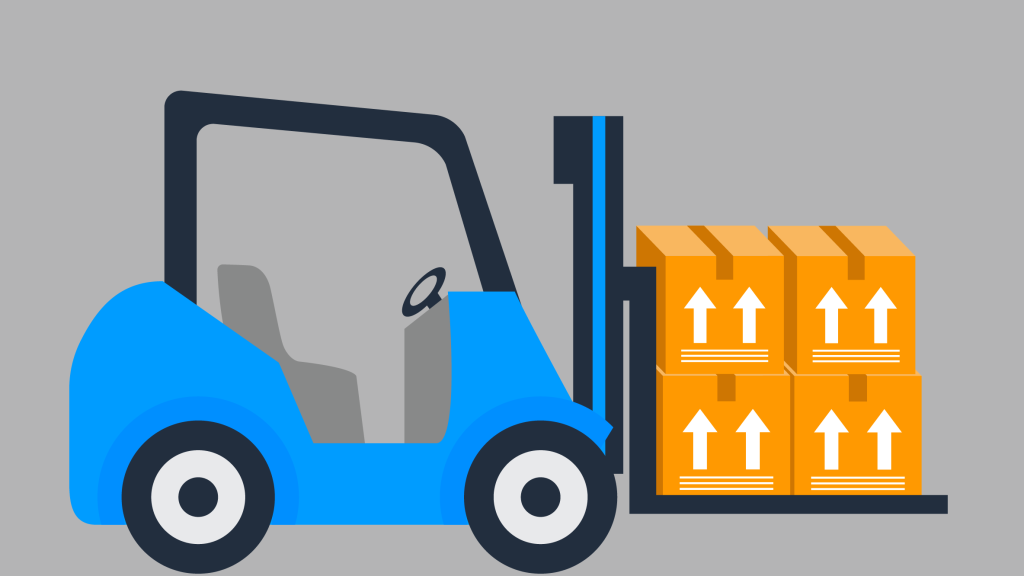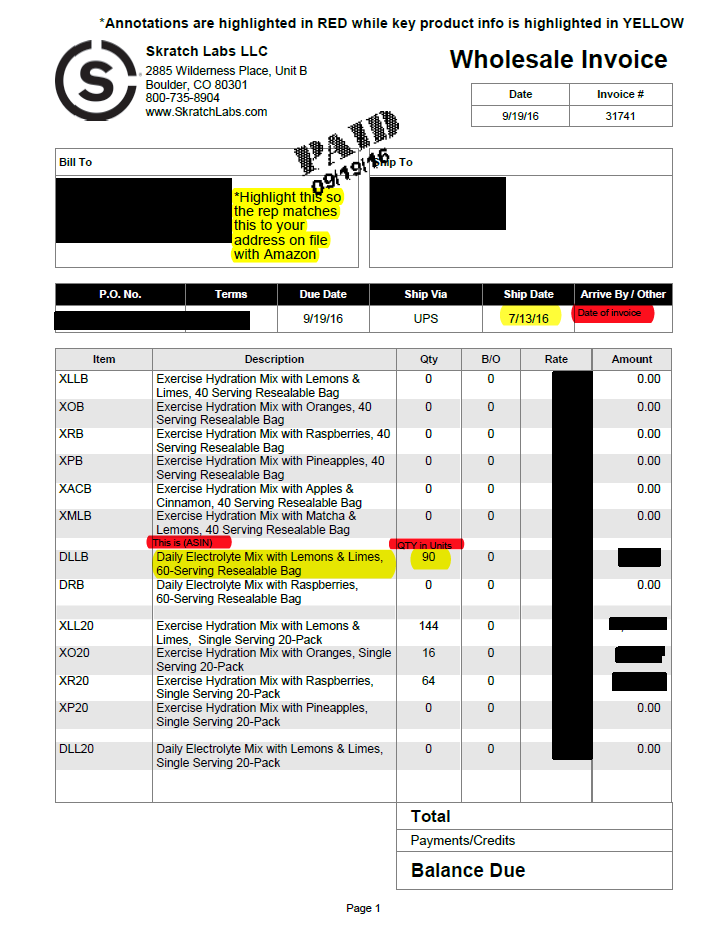
Whenever I write an article, I have one goal in mind: to produce a piece of content that will help our readers solve a problem.
I love helping you solve your problems!
I also like being the bearer of good news. Unfortunately, I can’t always be the white knight. The news can’t always be good. Where there is daylight, there is eventually darkness.
We have it on good authority from a source inside Amazon that shipment splits are going to be a HUGE part of everyone’s business going forward (after July of this year). With a minimum of six expected splits per shipment, this will surely be a game-changer for many Amazon businesses.
I will admit, we have been spoiled. Spoiled rotten. Amazon has allowed us to piggyback their amazing rates and have bore the expense of separating our products for far too long. For the past couple of years, all of our shipments have gone to CVG (the Covington-based Amazon warehouse), a mere three hours from our facility. This allowed us to have the absolute best possible shipping rates (at times less than a penny per pound).
That being said, this change provides ANOTHER huge opportunity for our businesses. We love change, and we love the evolution of the Amazon marketplace. It always keeps us on our toes and looking for ways to solve new problems.
Solving problems is what separates Entrepreneurs from jobbers. If you love solving problems, regardless of whether you are currently an entrepreneur or not, you have the entrepreneurial spark.
So, let’s look at some of the things that will change with an increased amount of shipping splits:
- Shipping rates per pound/per unit will go up exponentially.
- It will be harder to hit discount thresholds for weight as products will be distributed to other shipping locations.
- It will be harder to ship efficiently, as tracking products over the course of 6 shipments is much more difficult than having none or fewer splits.
Now, I admit, those seem like strict disadvantages (and they are), but the opportunity lies here…
EVERYONE who sells on Amazon has to do this. That means, that if you find a better solution than others, you will have an extreme advantage. In general, when expenses rise in business, those expenses are passed along to the end consumer through price changes.
If you can develop a system that will allow you to do these processes cheaper, you can be even more competitive and have better margins than your competition. However, to do this, you have to start looking at solutions now. You have to start looking at ways to plan and adapt your business to deal with impending change.
Beyond developing a process that will let you do these processes cheaper you could also look at it from the perspective of making sure you continue to make money, by reacting quickly to the change as it releases.
Here are a few things we believe you should do, to try to stay ahead of the curve on this change:
1) Look at shipping Case Packed.
If you have items that will ship easily case packed and can ship case packed, this should help to reduce the number of possible splits that will happen.
2) Look for more dimensionally-efficient products.
With the large number of splits, it will make sense to find products that ship cheaply and affordable if possible. Bear in mind, these products will become better when shipping rates change.
3) Analyze your new costs early and often.
It is important you have a good grasp on your per pound and per-unit costs when this change happens. Some products that were previously great products may become unprofitable, and you have to be aware it has changed.
I think the best way to do this is to take an average across all shipments, then looking at the combined results rather than focusing on the best or worst shipments. Some will certainly be better than others, but looking at it from the perspective of the entire combination will be most effective.
4) Apply those new costs to new products.
Once you have a good grasp on the change in “inbound” cost, you can apply that to future products and find out what works. Being able to solve this faster gives you a heads up on your competition, as it helps you define your product range much more quickly.
5) Look at the cost of Inventory Placement.
In the past, we have been pretty against using any form of inventory placement. It really felt like the costs were NEVER justified when we looked at them. However, from the perspective of a smaller seller, this may be exactly what makes it worth the money.
Having really small amounts of products split out and shipped to multiple warehouses seems like it could be cost-prohibitive. In that regard, it may be a good idea to reexamine the costs and figure out if it makes more sense after the splits start to happen.
I realize we didn’t give you the best news here today. However, when we heard about these upcoming changes, we wanted to tell our community about them as quickly as possible so they could start planning and making changes that might help their business adapt more quickly.
Hopefully, we have given you enough of a heads-up that you’ll have time to address some of those things in your business, and at least keep you from being surprised when it does happen. Remember, working proactively following these changes will help make a huge difference later on.
As always, thanks for reading!
Please share this with your friends. This change will hurt a lot of sellers if they haven’t started making preparations for it. And, if we are lucky enough that it DOESN’T come to pass, then it is an exercise that will always serve our business (looking for changes that could cause problems).




